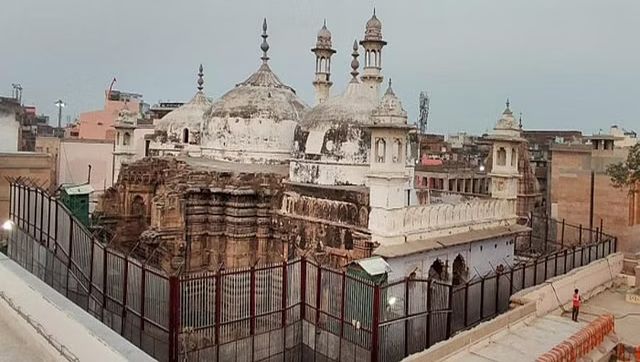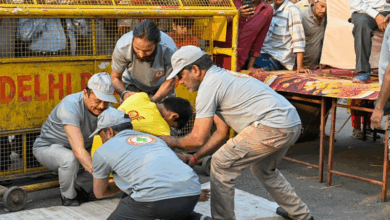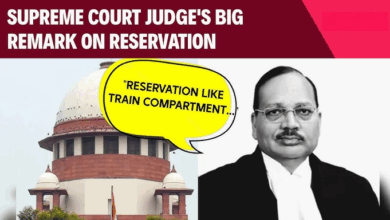
BY AGNIBEENA GHOSH
Uttar Pradesh Chief Minister Yogi Adityanath has broken his silence on the Gyanvapi mosque issue, urging the Muslim community to acknowledge it as a “historical mistake” and seek rectification. Speaking about the controversial site, Adityanath questioned the presence of a trishul (trident) and jyotirling (sacred lingam) within the mosque’s architecture, suggesting that it indicates a historical connection to a Hindu temple.
Addressing the matter during an interview with ANI, Adityanath expressed his belief that the proposal for rectification should come from the Muslim community itself. He highlighted the significance of acknowledging historical inaccuracies and working towards a harmonious resolution.
The controversy surrounding the Gyanvapi mosque led the district court of Varanasi to order the Archaeological Survey of India (ASI) to conduct a scientific survey of the mosque complex, except for the “wazookhana” (a small reservoir for Muslim devotees’ ablutions). The survey aimed to determine whether the mosque was constructed on the site of a pre-existing Hindu temple. However, the Muslim side approached the Supreme Court, which directed the Allahabad High Court to hear the case.
The Allahabad High Court on Thursday (August 3) dismissed the Gyanvapi mosque committee’s challenge to the order of a Varanasi district court asking for a “scientific investigation/ survey/ excavation” of the premises, saying “scientific survey is necessary in the interest of justice”. The Archaeological Survey of India (ASI) can now go ahead with the survey that it had started on July 24, but had to abort after the Supreme Court stepped in.
Responding to Adityanath’s stance, Samajwadi Party leader Swami Prasad Maurya countered by questioning the BJP’s approach. He warned that if temples are sought within every mosque, people might start looking for Buddhist monasteries within temples. Maurya pointed to historical examples, stating that several well-known Hindu religious shrines were once Buddhist monasteries before being converted to Hindu temples.
Maurya cited temples like Badrinath and Kedarnath in Uttarakhand, the Jagannath Temple in Puri, the Ayyappa Temple in Kerala, and the Vithoba Temple in Pandharpur, Maharashtra, as examples of former Buddhist monasteries. He clarified that his intention is not to revert these temples to their previous form but to highlight the potential absurdity of searching for temple connections within mosques while neglecting the historical context of other religious sites.
The Gyanvapi mosque issue has sparked a debate over history, archaeology, and religious identity, drawing significant attention from various parties involved. The court’s forthcoming verdict will have considerable implications for the future of the site and its historical narrative.
As the Gyanvapi mosque case continues to unfold, there is a pressing need for open dialogue and a respectful examination of historical evidence. It is essential to approach the matter with sensitivity and awareness of its impact on religious sentiments and communal harmony.
Amidst differing viewpoints and historical interpretations, finding a common ground that upholds both religious diversity and historical accuracy is paramount. The outcome of the case will shape the narrative surrounding the Gyanvapi mosque and influence perceptions of India’s rich historical heritage.
In the spirit of unity and respect, the nation can collectively strive for a peaceful resolution that upholds the principles of secularism and preserves the cultural and religious heritage of India. The Gyanvapi mosque issue offers an opportunity to demonstrate the maturity and wisdom needed to address complex historical controversies while fostering a sense of belonging and harmony among all communities.






